Saudi Traffic Rules Test 01
If you are scheduled to take the Saudi driving computer test, you may want to start early with your preparations. Though there are many different ways and methods to prepare, our practice tests can assist you in making a passing score the first time.
ADVERTISEMENT
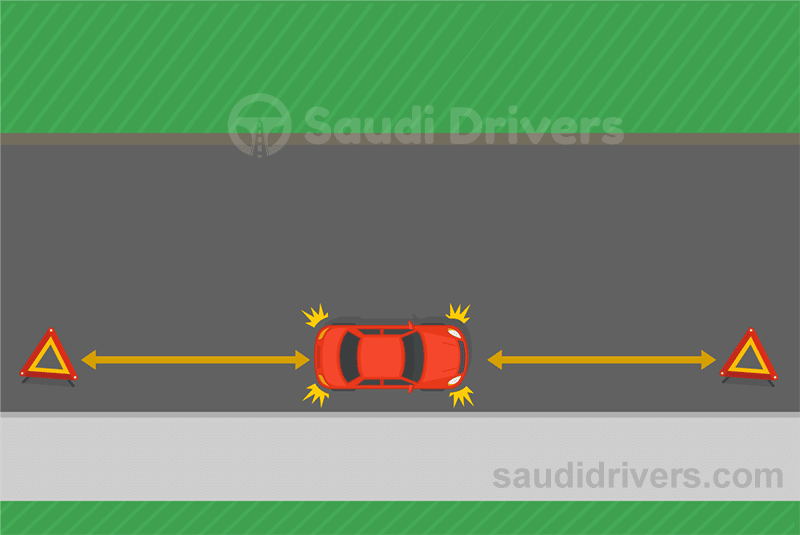
Correct!
Wrong!
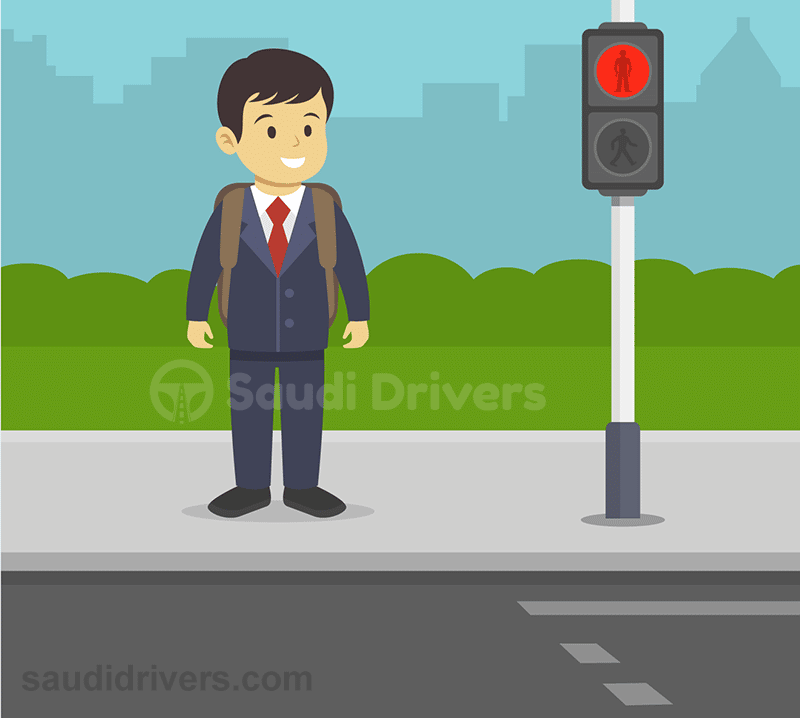
Correct!
Wrong!
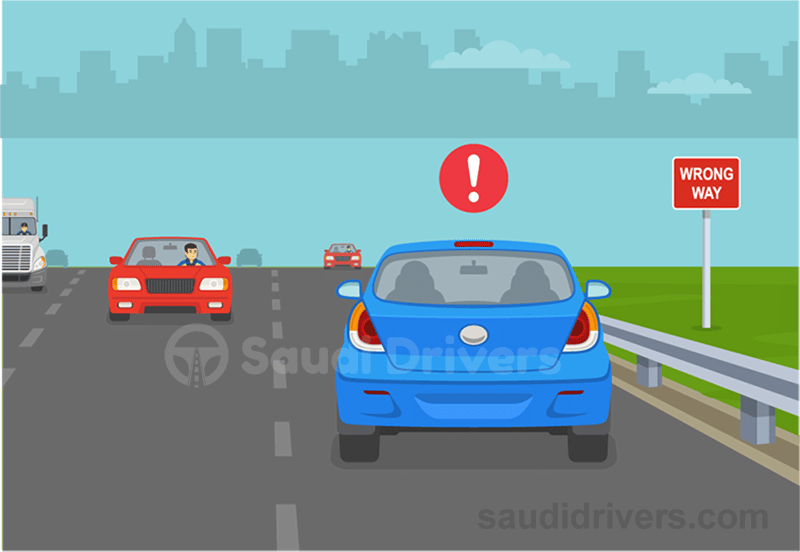
Correct!
Wrong!
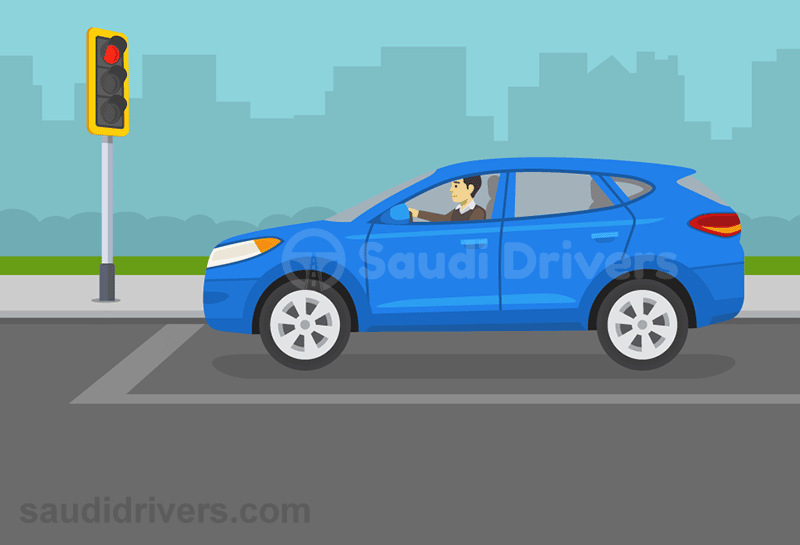
Correct!
Wrong!
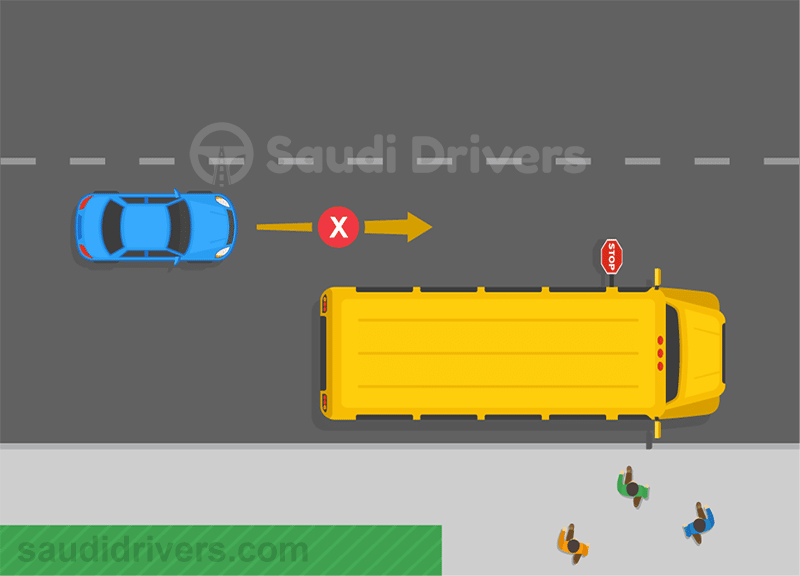
Correct!
Wrong!
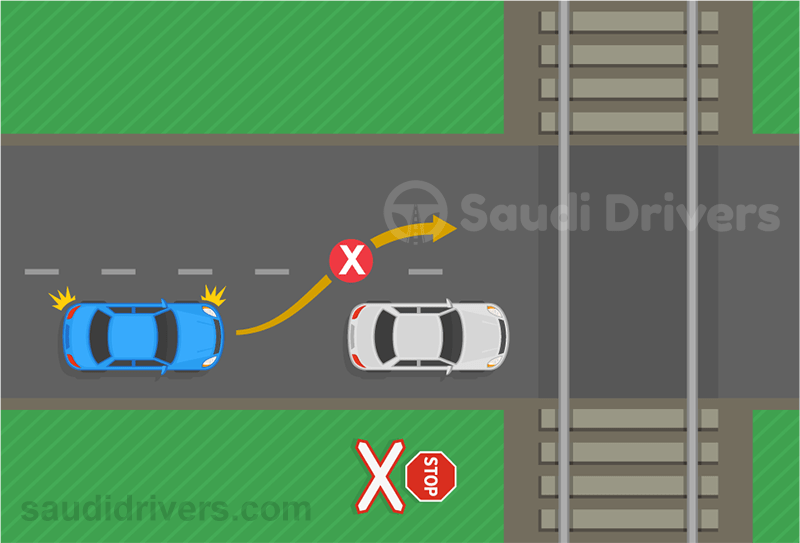
Correct!
Wrong!
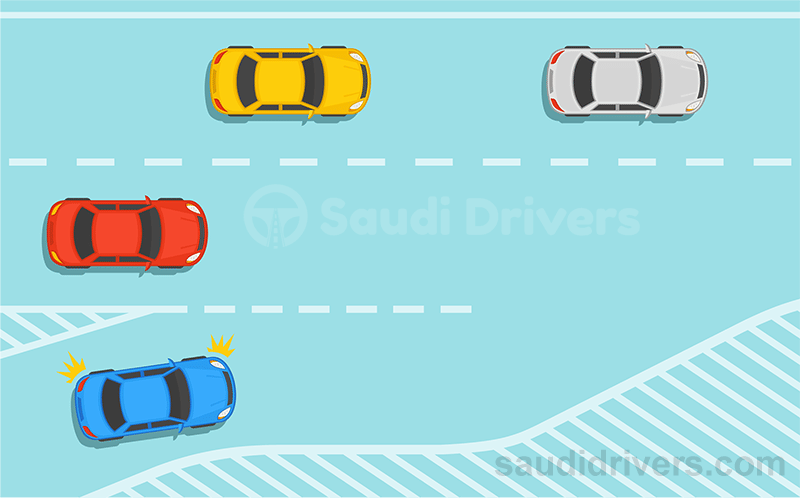
Correct!
Wrong!
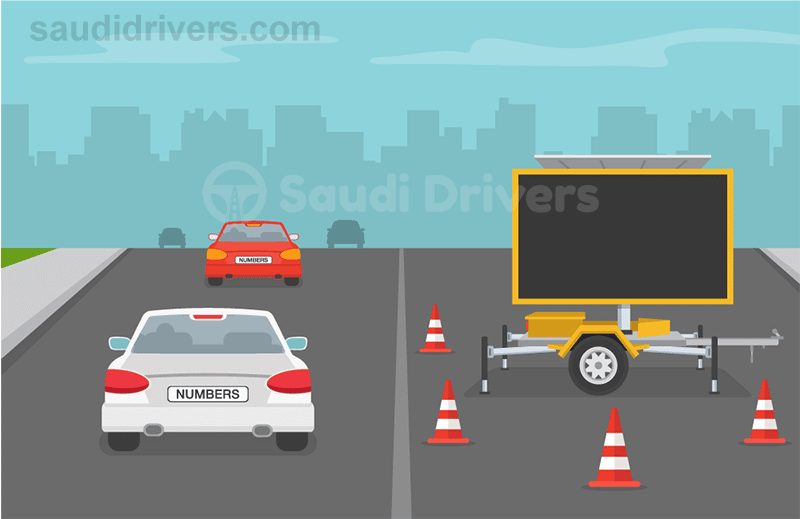
Correct!
Wrong!
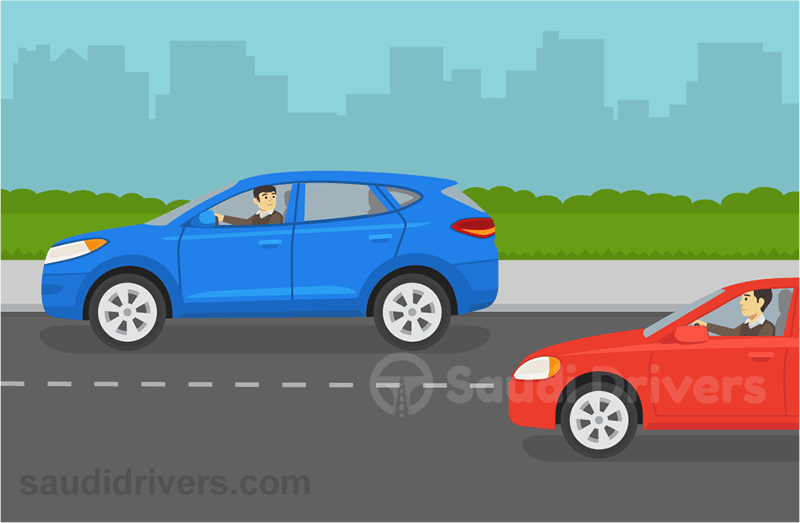
Correct!
Wrong!
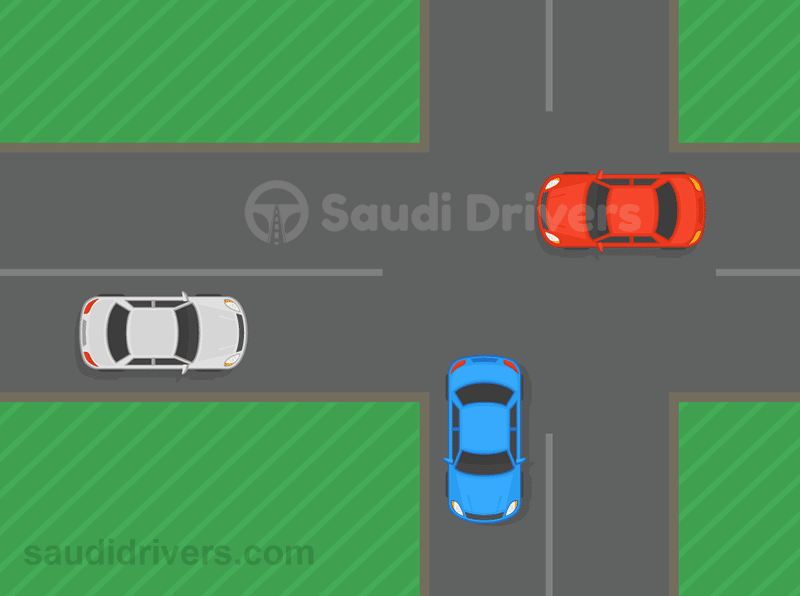
Correct!
Wrong!
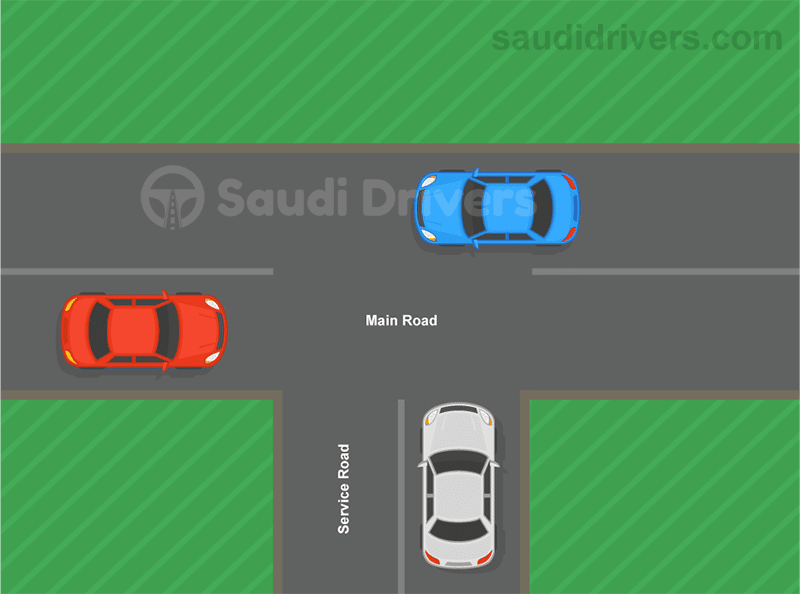
Correct!
Wrong!
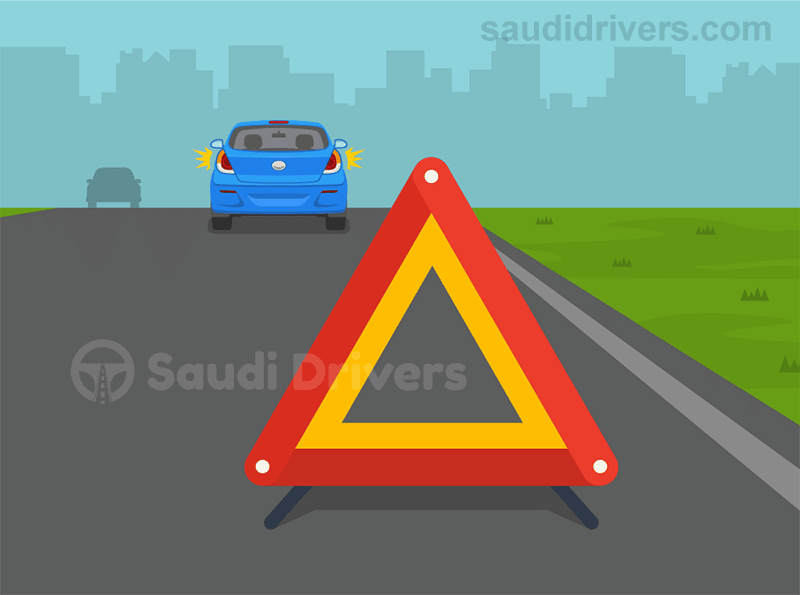
Correct!
Wrong!
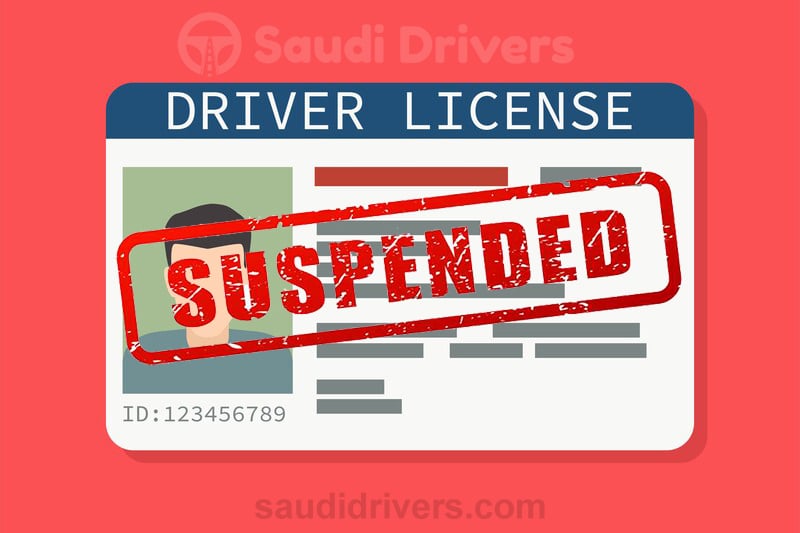
Correct!
Wrong!
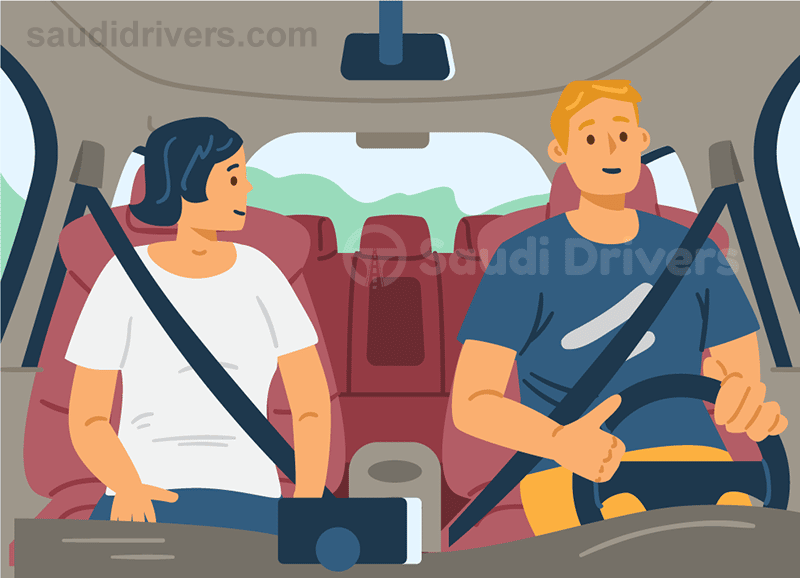
Correct!
Wrong!
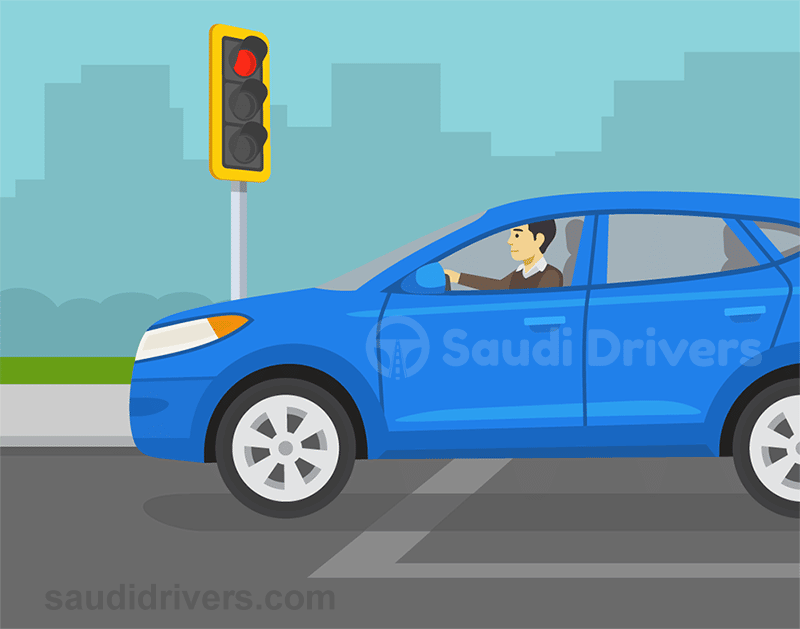
Correct!
Wrong!
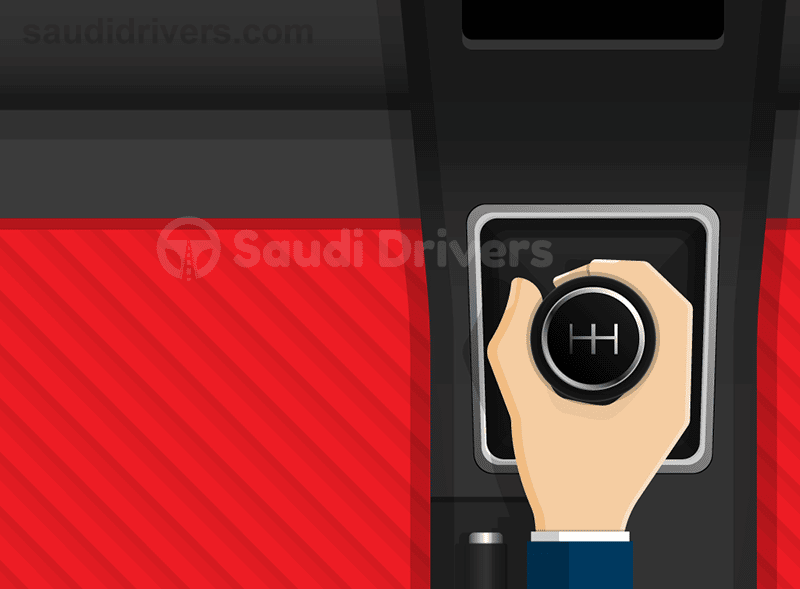
Correct!
Wrong!
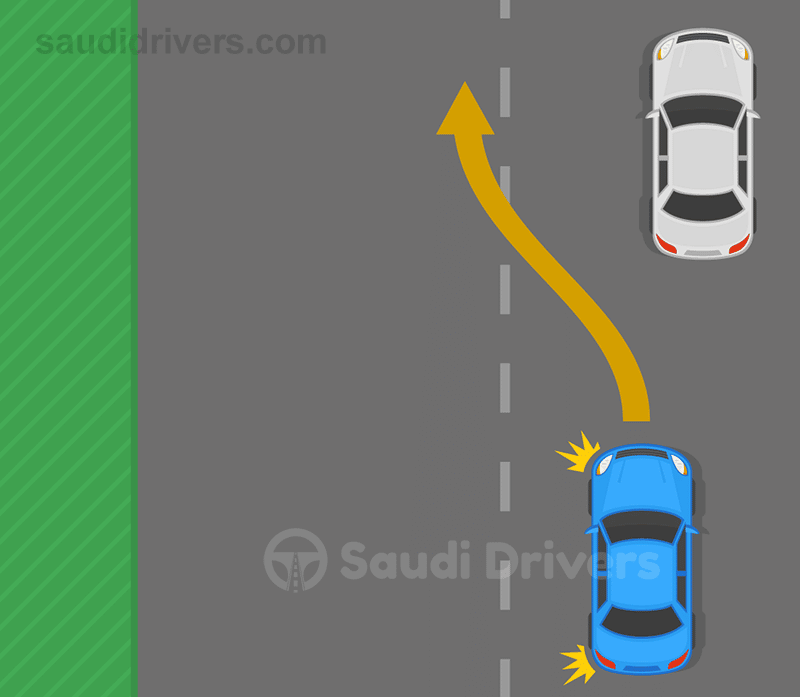
Correct!
Wrong!
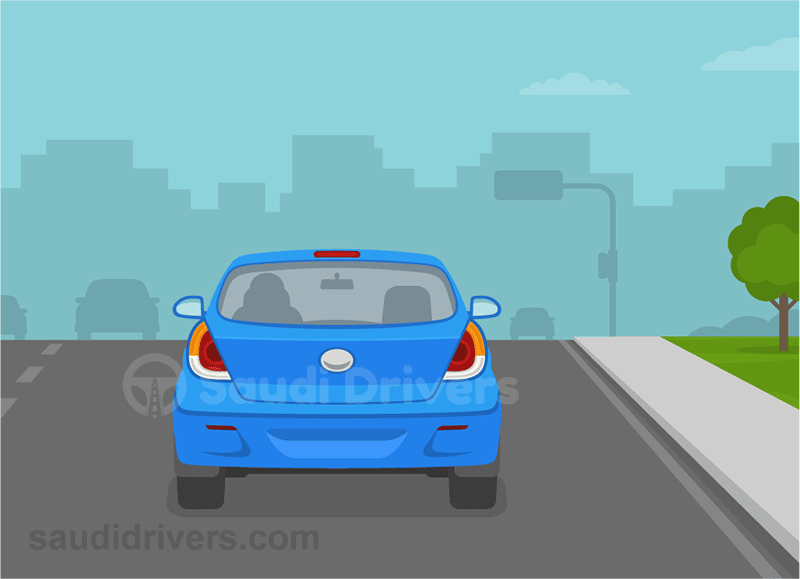
Correct!
Wrong!
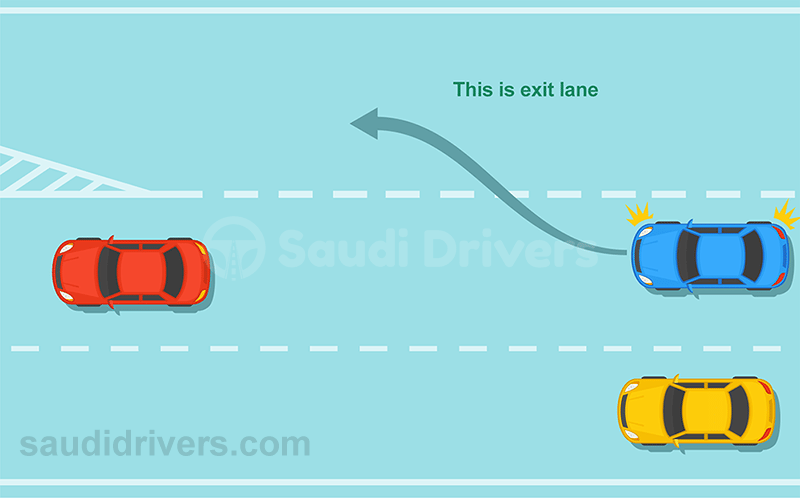
Correct!
Wrong!
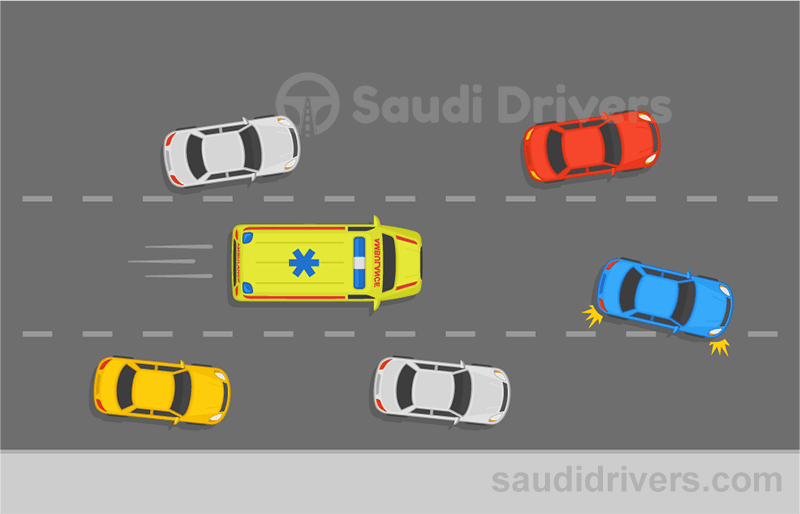
Correct!
Wrong!
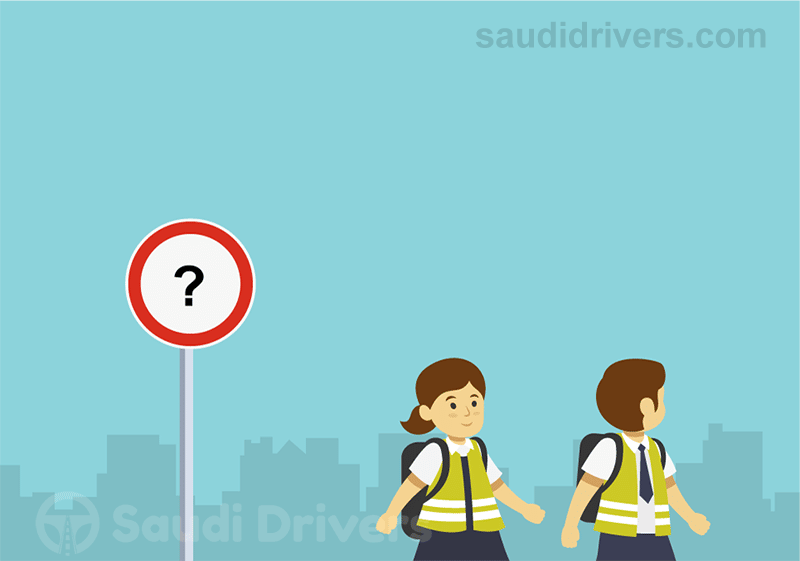
Correct!
Wrong!
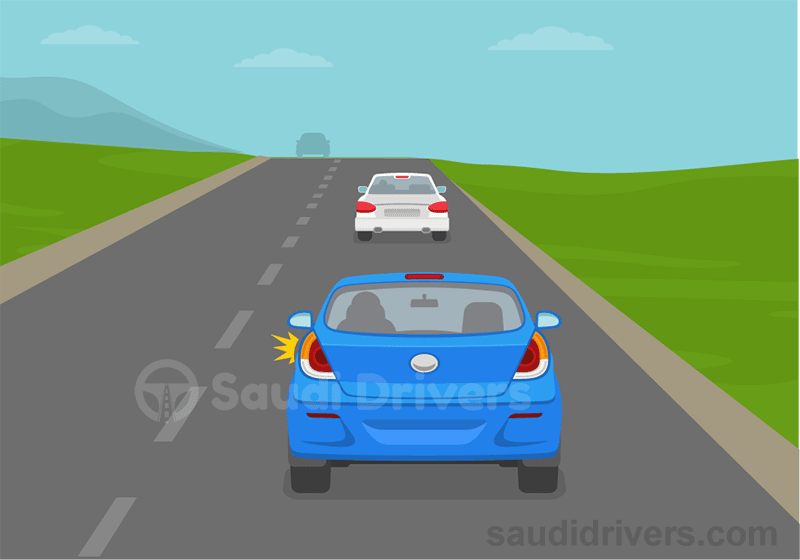
Correct!
Wrong!
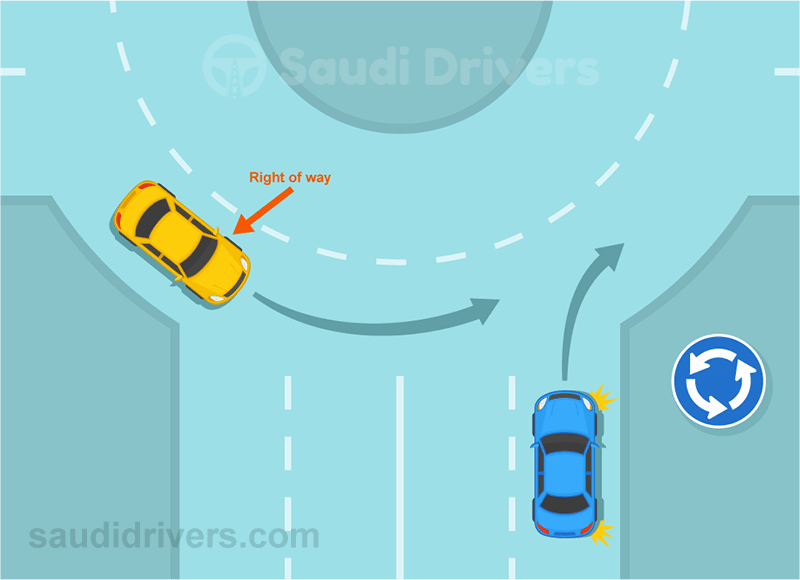
Correct!
Wrong!
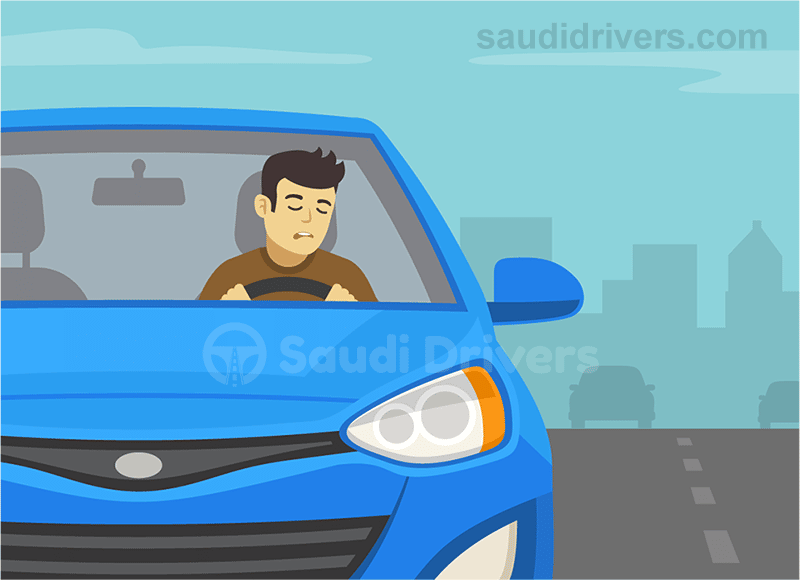
Correct!
Wrong!
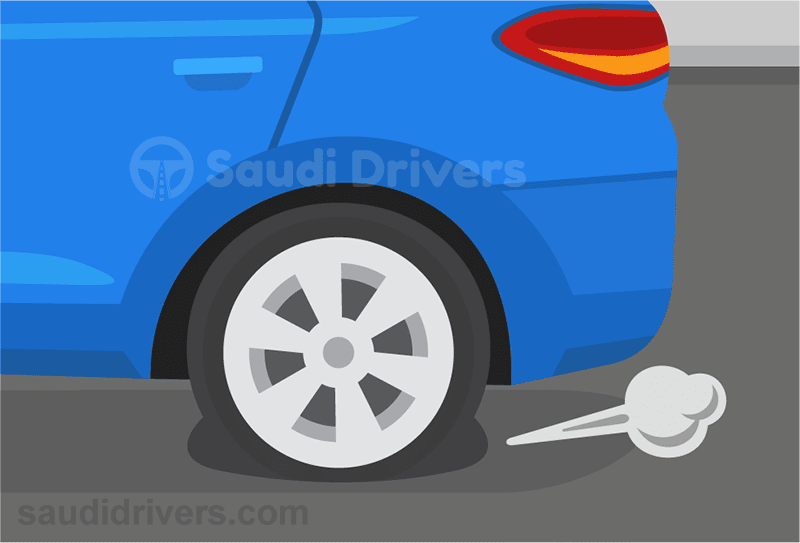
Correct!
Wrong!
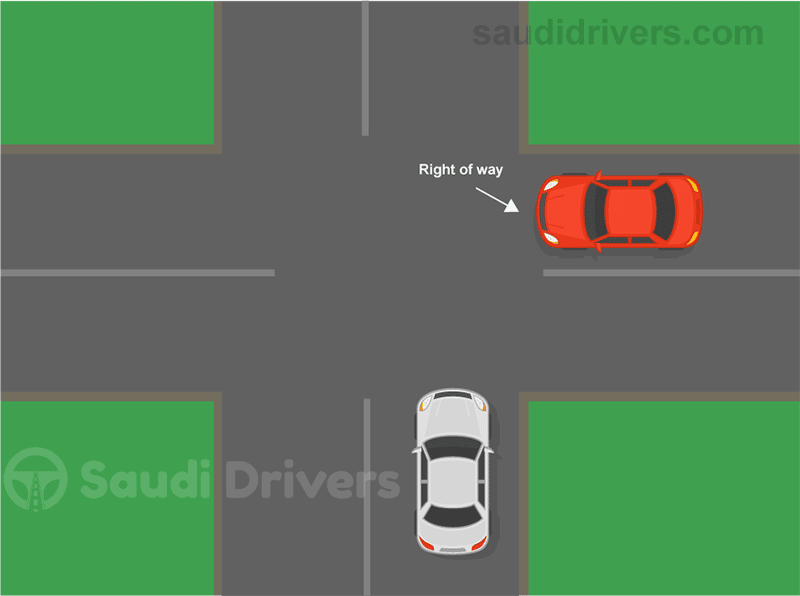
Correct!
Wrong!
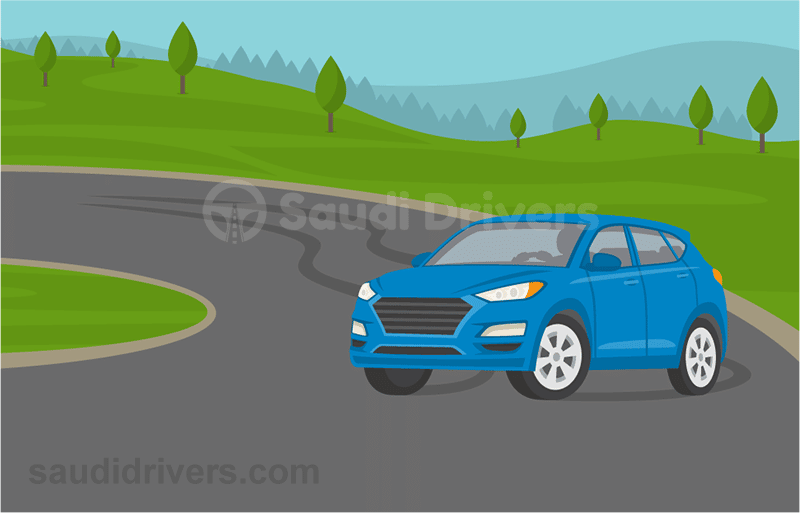
Correct!
Wrong!
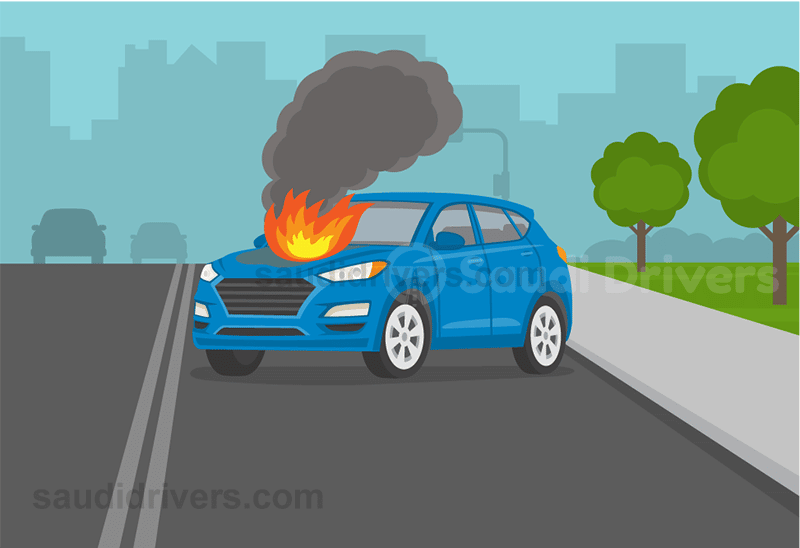
Correct!
Wrong!
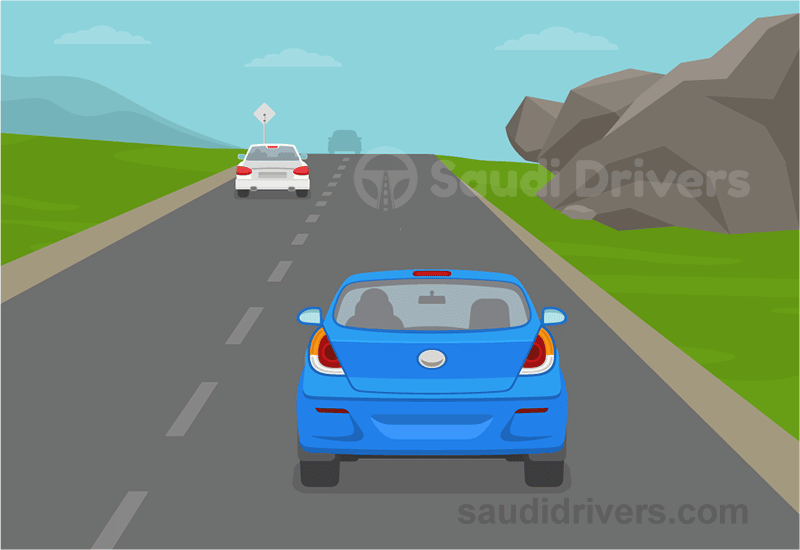
Correct!
Wrong!
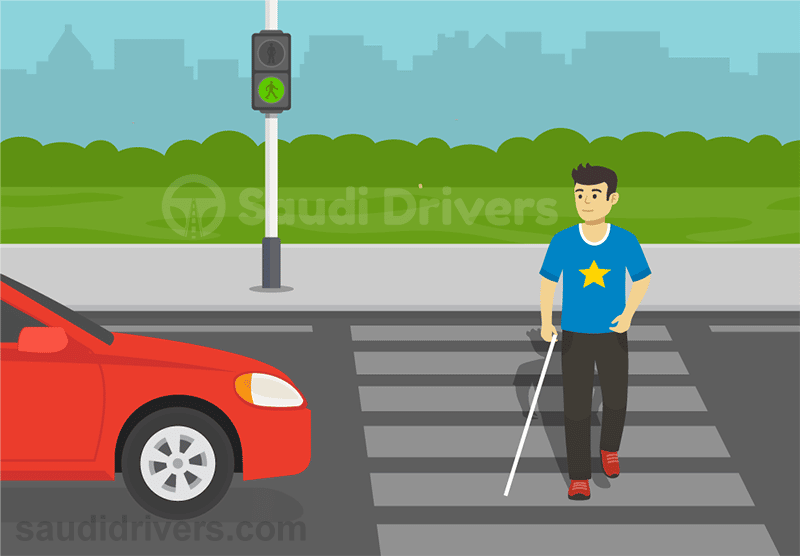
Correct!
Wrong!
Share the quiz to show your results !
Subscribe to see your results
I got %%score%% of %%total%% right
Loading…
ADVERTISEMENT
Why Do Traffic Rules Exist?
When you’re late for work, why can’t you just beat a red light? And if you shouldn’t make a U-turn, should you, when there are no enforcers around?
Roadways are packed with traffic signs, not just for mere rules for the heck of it, but they’re put in place to maintain safety and order. Without them, accidents, traffic jams, and chaos can happen.
In fact, statistics show that between the years 2010 to 2019, road traffic injuries in the US grew by 500,000 incidents each year. And in 2019 alone, 2.74 million traffic-related injuries occurred in America. Common causes of these injuries included speeding, driving under the influence, lack of awareness, and the use of smartphones while driving.
If you’re new to driving or simply want to know why traffic rules are important, here are 7 reasons why every motorist must obey traffic rules:
To Protect Your Life and Others on the Road
The key reason to always follow traffic signs and rules is life safety. These rules are put in place to ensure the lives of the driver, passengers, and others on the road are safe. It is the obligation of motorists to ensure people reach their destination safely and properly and to do this, traffic rules must strictly be followed.
These rules don’t just ensure your safety and that of other drivers on the road, but they also include the safety of pedestrians, children who may be playing by the side of the road, as well as private property. Overtaking on the right side, no U-turns, and one-way streets help to ensure the safety of motorists and pedestrians.
Prevent Legal Woes
Violating traffic rules can get you charged. Not only will you get a ticket, but you could be sued for criminal and civil cases if you cause damage and/or injuries or even death due to your negligence. Judges are also usually not forgiving when it comes to traffic violations, so you’ll be financially liable, but in many cases, you can even land in jail. Your money, time, freedom, and even your own life can be on the line if you violate traffic laws.
Help New Drivers
If you’re a new driver, traffic rules and signs can help you navigate the road. Traffic lights at intersections will help you cross roads without the fear of other vehicles crashing into you, blind curves can help you avoid overshooting into a tree or a private property, and driving at minimum speeds can help you drive safely and properly.
Traffic signs also help inexperienced drivers who may forget some rules of the roads, as well as help them get to where they’re supposed to go.
Help Manage Traffic Flow
Many traffic rules are also intended to manage traffic flow and prevent jams. Rules that include staying in your lane, using turn signals, obeying speed limits, and following posted signs help to make traveling on the road run smoothly and safely. Obeying traffic lights can also help to prevent collisions and jams.
Prevent Accidents
Some warning signs need to be followed because many of them warn motorists about obstacles that are not obvious. Take for example a blind curve sign. When you see this sign, it tells you to slow down and become more alert to the road ahead of you. Sometimes, road obstacles are not in the driver’s line of sight, or they may be hidden. Without these signs or rules, drivers may not be aware of these obstacles until it is too late. If you don’t follow a sign that tells you to slow down, you might find yourself hitting a construction site, a pedestrian lane, or a parked car on the road.
Prevent Monetary Liabilities
Collisions, crashes, fatalities, injuries, and property damage cost money. Not only will you have to fix your car, but you’d also need to fix the damage on the other car/s, pay for the medical expenses of injuries or fatalities you’ve caused, and for many, you can even go to jail.
If another car crashed into you, their insurance company may pay for the damage incurred to your car, but if you hit a light post or a tree, it will be your own insurance company to shoulder the expenses. If you don’t have insurance, then the monetary liabilities can be grave.
Help You Become a Better Driver
Traffic rules help you become a better driver. You’re respecting other motorists, and pedestrians, as well as traffic flow and the law. There are many obstacles and possible dangers on the road and these can put you in harm’s way, as well as others. Traffic laws and rules help to lower these risks and reduce the possibility of accidents happening. The fewer problems you cause and encounter on the road, the better driver you are.
Order and safety on roadways are ensured when motorists abide by a precise set of rules and laws. Save your life, and the life of others, prevent traffic jams, and ensure that everyone on the road gets to their destination in a timely, orderly, and safe manner. The next time you drive, please remember these very reasons as to why it’s important to always follow traffic rules.
